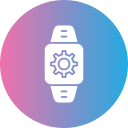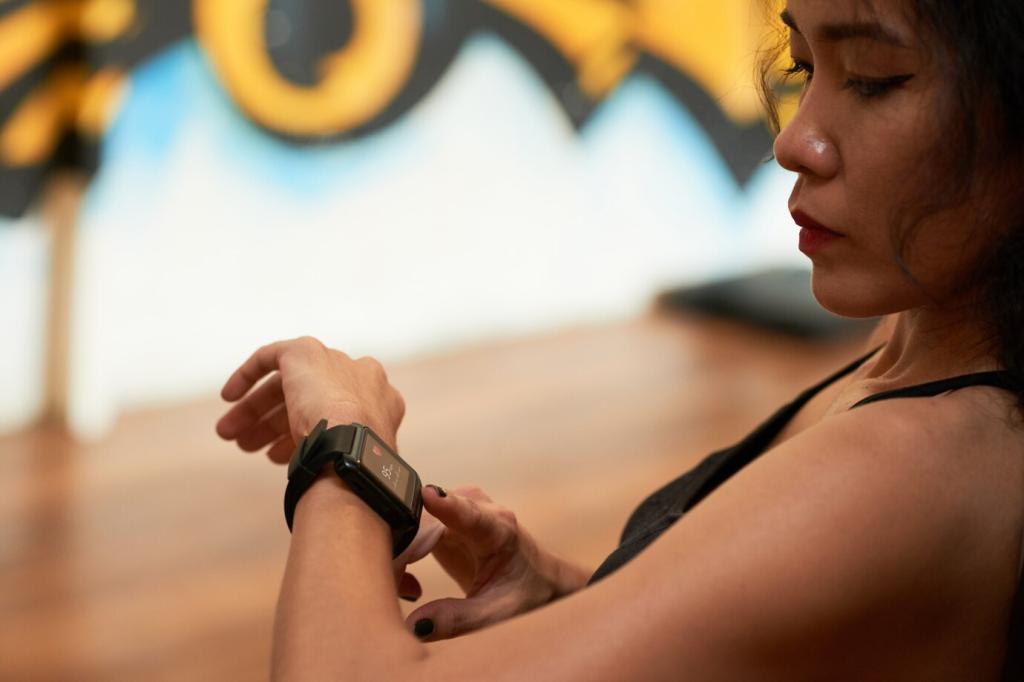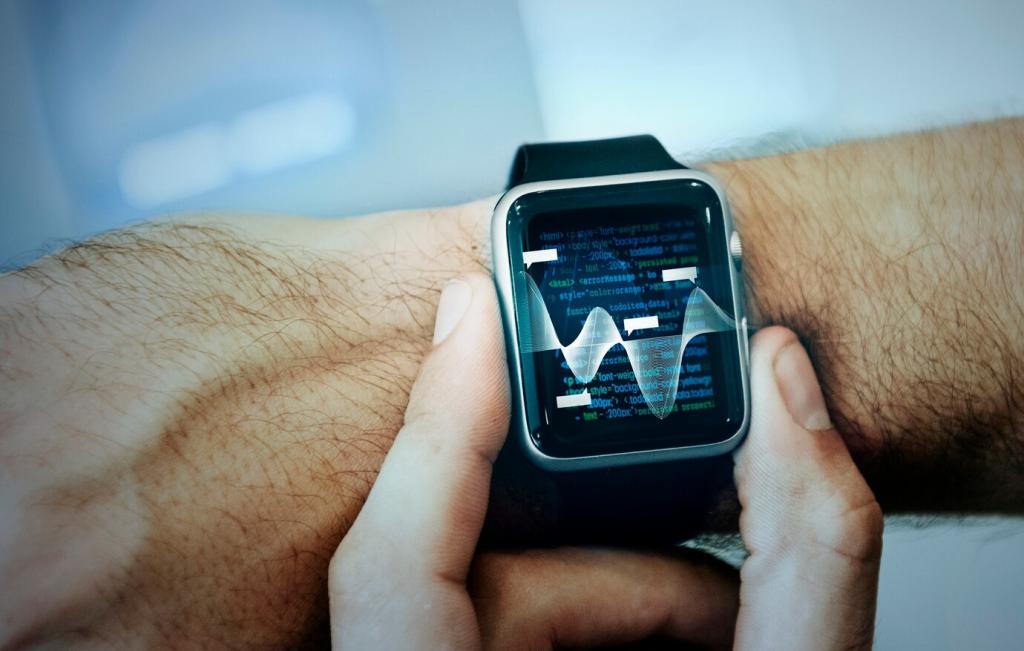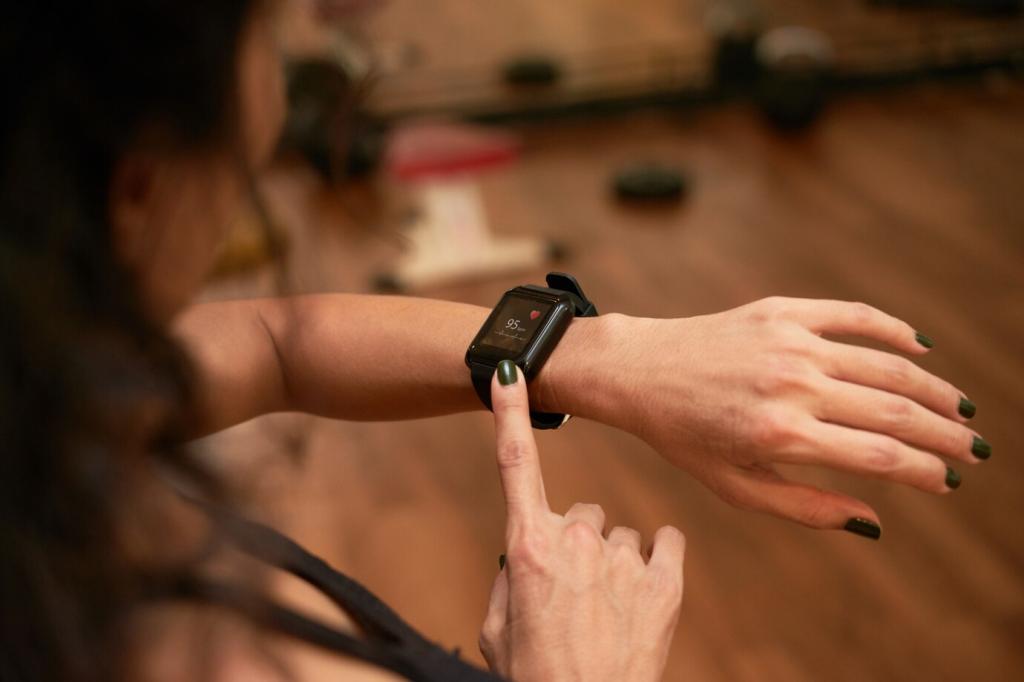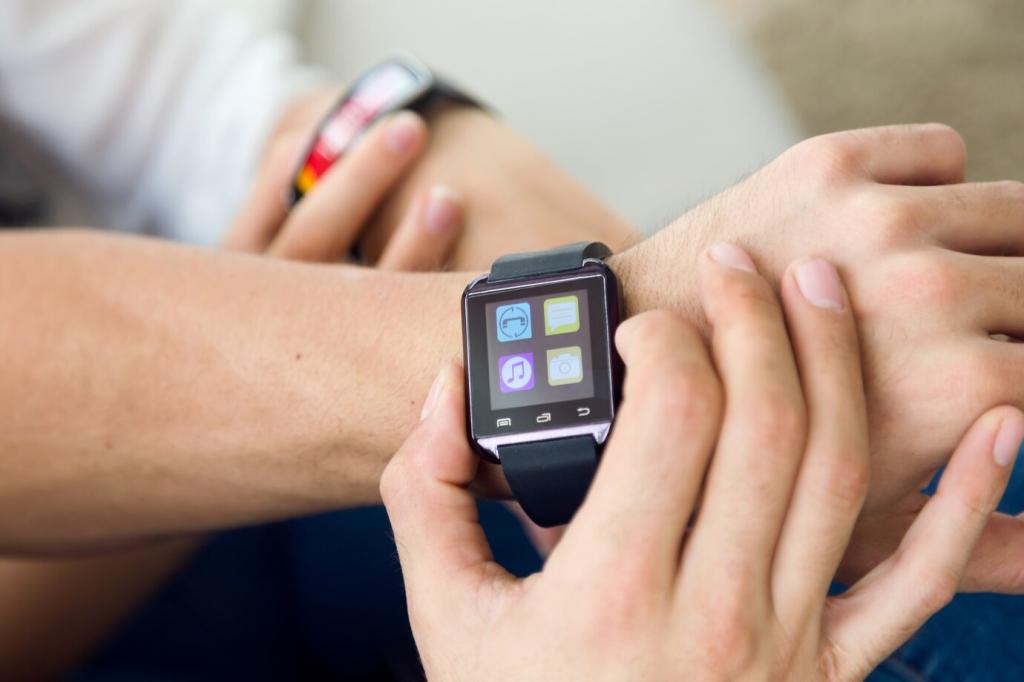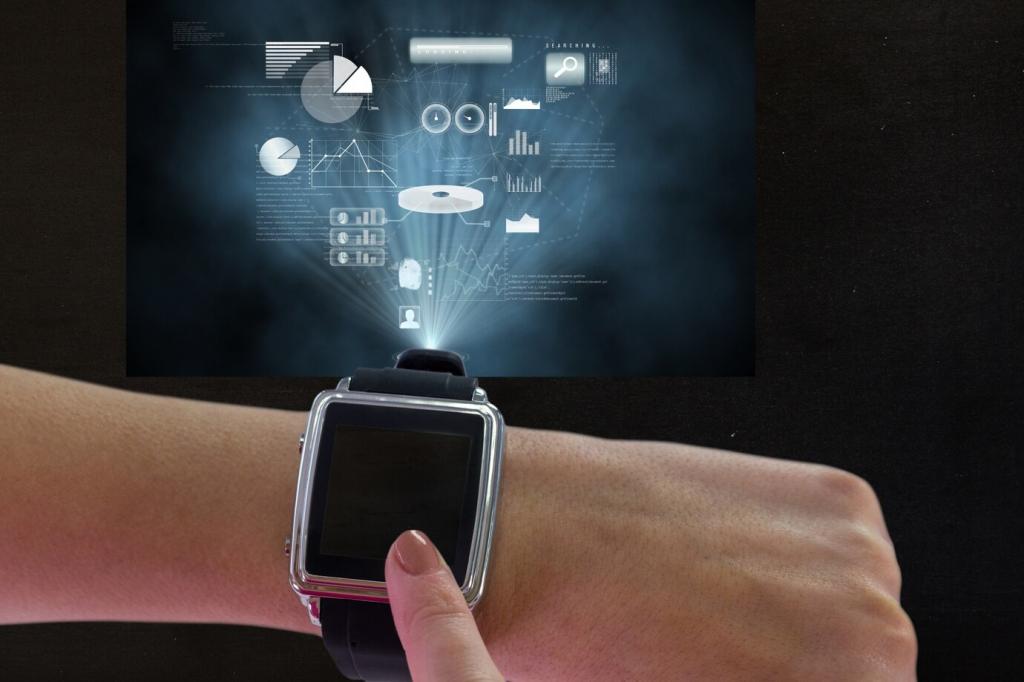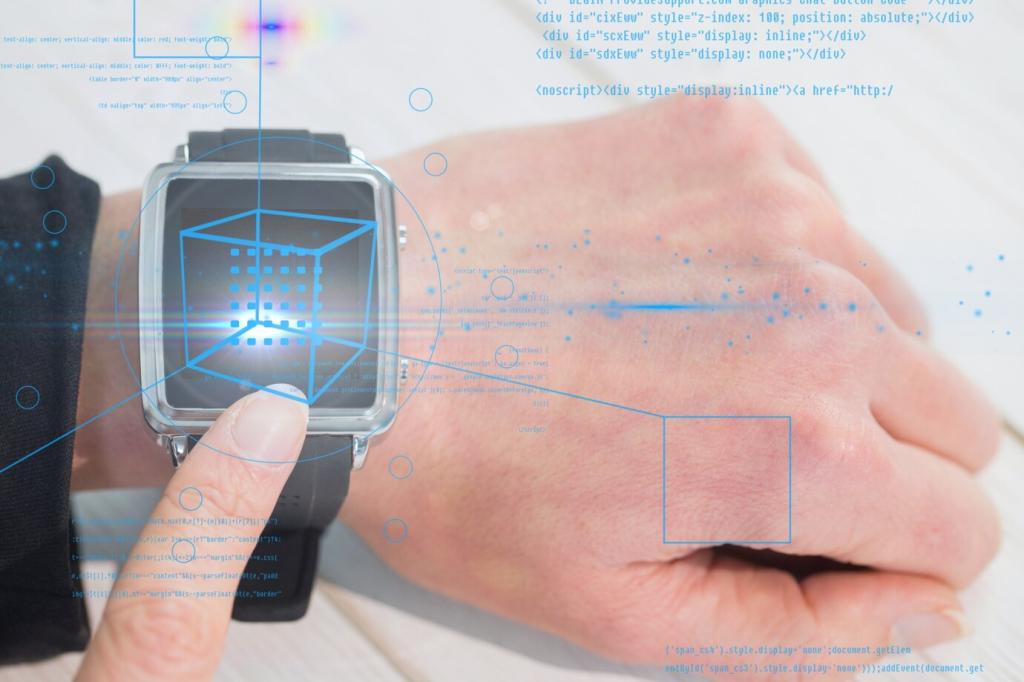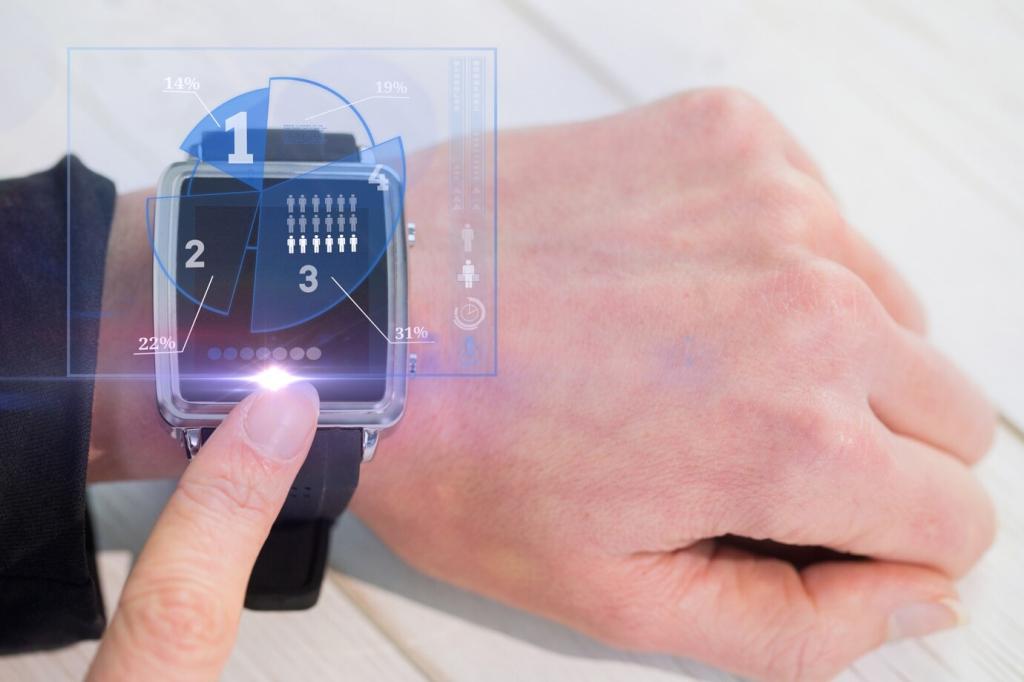Haptics, Sound, and Subtle Feedback
Design distinct haptic signatures for urgency types: gentle ticks for routine reminders, firm double taps for critical alerts. Test on different wrists and skin sensitivities. Share your pattern library and testing notes.
Haptics, Sound, and Subtle Feedback
Short, soft, non‑startling tones can convey success, failure, or waiting states. Always include silent and haptics‑only modes. Tell us how you tune loudness across environments without sacrificing clarity or courtesy.
Haptics, Sound, and Subtle Feedback
Sometimes the best feedback is none. Avoid stacking notifications during workouts or sleep. Batch summaries for later. Comment with scenarios where intentional silence improved trust and reduced cognitive load.
